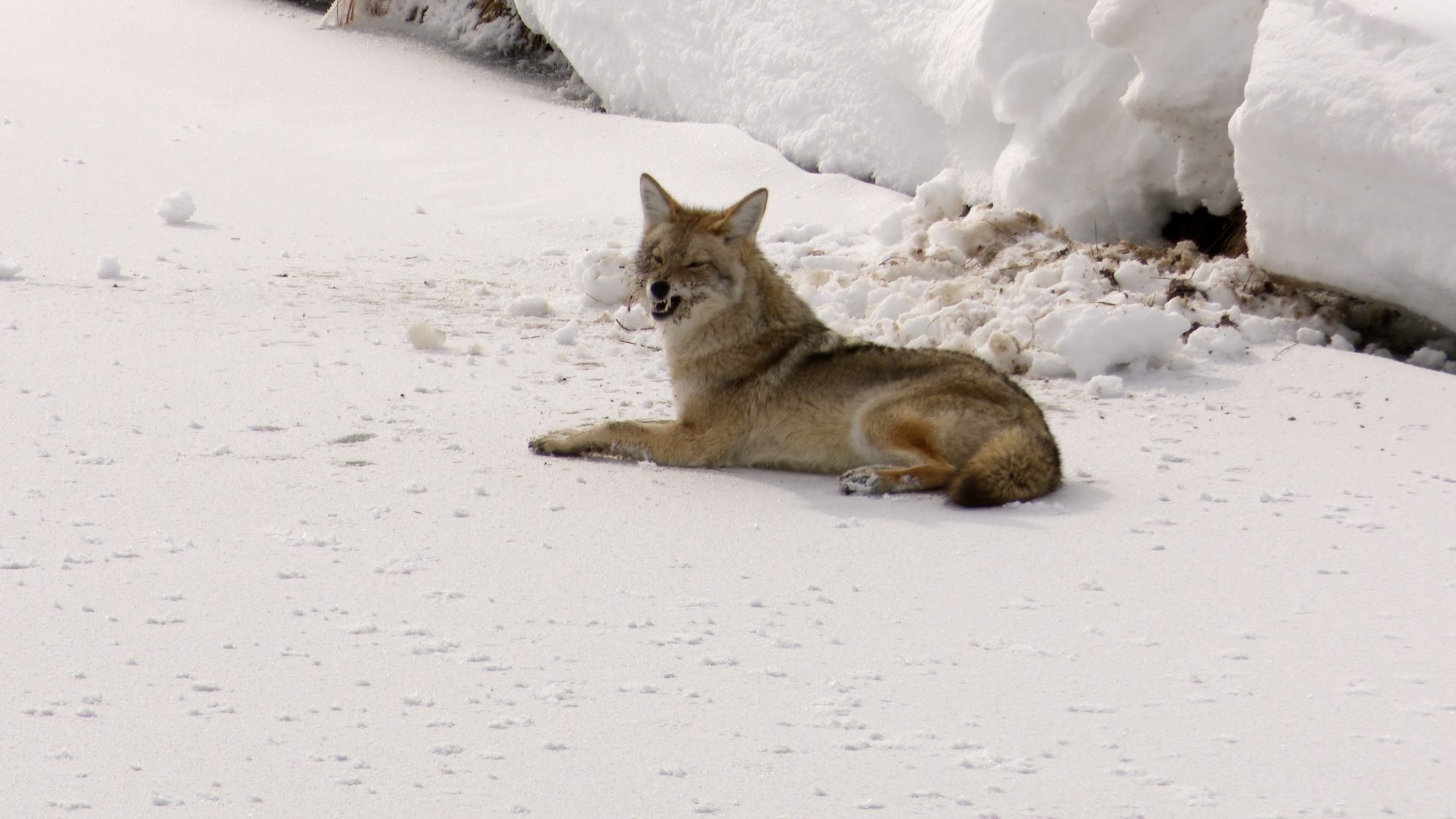

Each row also contains the date of the observation, the pair each individual belong too, the subject, the total observation length, and the month of the observation.Įvery three months, we presented the coyotes with a dummy coyote to test their response to a unknown conspecifc. This file contains the amount of time (seconds) that coyotes spent within 5m and 1m of the dummy, and behaving aggressively, playfully, or touching the dummy. Each row is one observation for an individual coyote and also contains the date and month and whether it was a feeding or nonfeeding observation.Įvery three months, we presented the coyotes with a dummy coyote to test their response to a unknown conspecifc. The behaviors are aggression, eating, foraging, locomotion, neutral social behavior, play, resting, scent marking, standing, carrying pup (CP), nursing, other, out of sight, aggression towards pups, playing with pups, and stereotyping. This file contains the amount of time (seconds) that coyotes spent in each behavior during these observations. Each row is one observation for an individual coyote and also contains the date and month of the observation.Įach month, we conducted four 15-minute focal observations during non-feeding times and four observations during feeding times without the prey model. The behaviors are aggression, eating, foraging, locomotion, neutral social behavior, play, resting, standing, interacting with the prey model, investigating the prey model, other, out of sight, scent marking, and stereotyping.
#ARE COYOTES SCAVENGERS CODE#
This code uses data from 9 different datafiles, each described in turn below.Įach month, we conducted four 15-minute focal observations during feeding times with the prey model. There is a single code file for this analysis: coyotemarkdownTMB_withpairs.Rmd Observations included documenting behavioral budgets during both feeding and nonfeeding times, novel object tests, multi-access puzzle box tests, and conspecific response tests. From November 2019 through November 2020 we observed coyote behavior and presenting a suite of behavioral tests. The control treatment (scavenging) was scatterfeeding coyotes 6 days per week (standard protocol for the facility) and the experimental treatment (hunting) was to scatterfeed the coyotes 3 days per week and feed them using a mobile prey model the other three days. This project exposed captive coyotes to two different foraging treatments and monitored coyote behavior over one year. Scavenging vs hunting affect behavioral traits of an opportunistic carnivore. This repository contains the necessary R code and data to reproduce the results of Parsons et al.


 0 kommentar(er)
0 kommentar(er)
